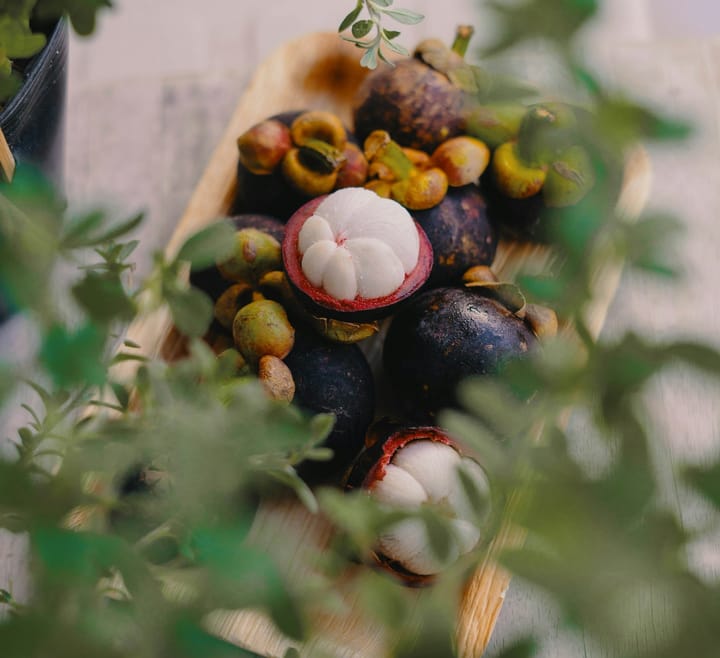Bivalves: The Fascinating World of Clams, Oysters, and More
Dive into the captivating realm of bivalves, a diverse class of mollusks that includes clams, oysters, mussels, and scallops. Discover their unique anatomy, ecological importance, and the vital role they play in our culinary world.

What Are Bivalves?
Bivalves are a class of marine and freshwater mollusks characterized by their two-part hinged shell.
The name "bivalve" literally means "two valves," referring to the upper and lower portions of their protective shell.
This class includes a wide variety of species, ranging from the humble clam to the prized oyster and the massive giant clam.
Bivalves can be found in virtually every aquatic environment on Earth, from shallow tidal zones to the deepest ocean trenches.
Some species, like mussels and oysters, attach themselves to rocks or other hard surfaces, while others, like clams and geoduck, burrow deep into the sand or mud.
Anatomy of a Bivalve
Despite their simple appearance, bivalves possess a fascinating anatomy.
Inside their protective shell, you'll find a soft, unsegmented body, gills for respiration, and a muscular foot used for burrowing or locomotion.
Bivalves feed using a specialized structure called a siphon, which they extend to filter water for plankton and other organic particles.
One unique feature of bivalves is their ability to produce pearls. When an irritant, like a grain of sand, gets inside the shell, the bivalve secretes nacre, also known as mother-of-pearl, to coat the intruder.
Over time, this process can create a lustrous pearl.
While all bivalves can technically create pearls, certain species like pearl oysters and freshwater mussels are most commonly associated with pearl production.
Ecological Importance of Bivalves
Beyond their intrinsic beauty, bivalves play a crucial role in the ecosystems they inhabit. As filter feeders, they constantly strain water for food, removing excess nutrients, algae, and even pollutants in the process. A single oyster, for example, can filter up to 50 gallons of water per day, significantly improving water clarity and quality.
Bivalves also serve as a vital food source for a variety of marine life, from sea stars and crabs to fish and even some marine mammals. Many species of birds, such as oystercatchers and turnstones, specialize in feeding on bivalves exposed at low tide.
Furthermore, bivalve shells provide habitat and shelter for numerous other organisms.
The nooks and crannies of an oyster reef, for instance, are home to a diverse community of worms, snails, and juvenile fish, making these reefs important hubs of marine biodiversity.
Bivalves in Our Diet
Humans have enjoyed bivalves as a food source for thousands of years. Today, oysters, clams, mussels, and scallops are prized delicacies in many cuisines around the world.
Whether enjoyed raw on the half-shell, steamed with herbs, or incorporated into chowders and stews, bivalves offer a unique and flavorful dining experience.
Beyond their taste, bivalves are also highly nutritious. They are rich in protein, omega-3 fatty acids, vitamin B12, and minerals like iron, zinc, and selenium.
Oysters, in particular, are one of the best dietary sources of zinc, a mineral essential for immune function and wound healing.
However, consuming raw or undercooked bivalves does come with some risks. As filter feeders, bivalves can accumulate harmful bacteria, viruses, and toxins from their environment.
Proper harvesting, handling, and preparation are crucial to ensure food safety when enjoying these clam delicacies.
Bivalve Aquaculture and Conservation
As demand for bivalves grows, many species are facing pressure from overharvesting and habitat loss.
In response, bivalve aquaculture has emerged as a sustainable alternative to wild harvesting.
Farming Oysters, mussels, and clams are now widely available in coastal waters around the world, reducing pressure on wild populations while providing a reliable food source.
In addition to their culinary value, bivalves are also being recognized for their potential in habitat restoration and coastal resilience projects.
By constructing artificial reefs or restoring natural bivalve beds, conservationists can improve water quality, protect shorelines from erosion, and create vital habitat for a multitude of marine species.
From the humble clam to the majestic giant clam, bivalves are a fascinating and essential part of our world's aquatic ecosystems.
As we continue to appreciate their ecological importance, nutritional value, and culinary versatility, it's crucial that we also work to protect and sustainably manage these remarkable mollusks for generations to come.
So the next time you enjoy a plate of oysters or a bowl of clam chowder, take a moment to appreciate the incredible journey these bivalves have taken from the depths of the ocean to your dinner plate.
By understanding and celebrating the world of bivalves, we can all play a part in ensuring their survival and the health of the ecosystems they support.


